How Burnout Wrecks Your Productivity – And How To Fix It
Burnout is wreaking having on your productivity – and that of your team. So what can you do to right the course, and end burnout so that people and organisations thrive?
In the latest episode of the We Are Human Leaders podcast, Alexis Zahner welcomes Dr. John Chan and her usual cohost Sally Clarke to delve into the critical findings of the 2025 State of Workplace Burnout Report. This insightful conversation unpacks the complexities of burnout, its impact on productivity, and the vital role of trust in fostering a thriving work environment.
They discuss the profound insights from this longitudinal study, now in its fifth year. "Throughout these five years we’ve seen that burnout is a systems issue. It's not a personal failure," John emphasizes, underscoring the importance of shifting the focus from individual responsibility to organizational factors.
The conversation surfaces the outdated productivity metrics that continue to drive burnout, despite significant investments in employee wellbeing. Sally explains how the traditional "exploitative or extractive model of productivity" is no longer effective. "What really drives productivity is... upstream interventions that improve how we work. How we are structuring work, how we're designing workflow, to make sure that we are not overburdening people."
How do caring responsibilities impact burnout?
One surprising finding from the report is that women without caring responsibilities actually report higher rates of burnout. John sheds light on this phenomenon, noting that caregiving, while exhausting, can create "a protective barrier" by enforcing boundaries and providing a mental escape from work.
The conversation also explores the critical role of trust in fostering a productive and engaged workforce. John points to a concerning "erosion of trust all around the world," particularly in established organizations. "Trust is a social lubrication, and we’re starting to see it disappear in organizations." He explains that when employees don't trust their organization, they are less likely to bring their best selves to work.
5 Key Takeaways from the Conversation
Burnout is a Systemic Issue, Not Individual Weakness: Burnout is primarily driven by organizational factors like excessive workload, lack of autonomy, poor leadership, and dysfunctional team dynamics. Shifting the focus from blaming individuals to addressing systemic problems is crucial.
Outdated Productivity Metrics Fuel Burnout: Traditional measures that equate busyness with productivity or focus solely on hours worked are counterproductive. Organizations need to prioritize outcome-based measurements and create a culture that values rest and recovery as enablers of productivity.
Wellbeing is Not a Perk, But a Core Business Imperative: Leaders must understand that they are shaping the mental health of their teams through their decisions about workload, timelines, and expectations.
Trust is Essential for Productivity and Engagement: A lack of trust within an organization erodes employee motivation, engagement, and willingness to go above and beyond. Building trust requires transparency, consistency, keeping promises, and demonstrating that the organization cares about its people.
Address the Distracted Worker: In today's always-on, hyper-connected world, distraction is a significant driver of burnout and reduces productivity. Organizations should actively reduce distractions by establishing clear boundaries, encouraging mindful work practices, and critically evaluating the impact of new technologies like AI.
What can leaders do to combat burnout and build trust?
John recommends a "mindset shift" away from treating wellbeing as a perk and towards designing work that enables people to thrive. "It's really about designing work so people don't need to recover over the weekend... It's about building the type of environment where people are able to kind of thrive and perform at their best, which is good for them – and good for you as an organizational leader, too.”
Listen now wherever you get your podcasts, or right here.




